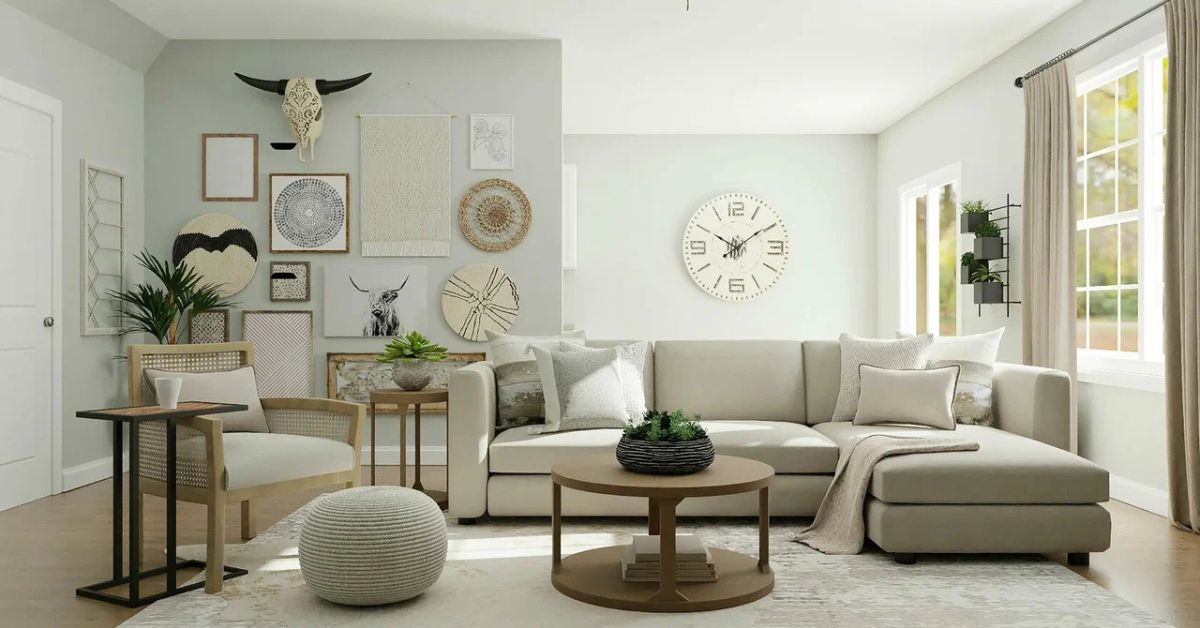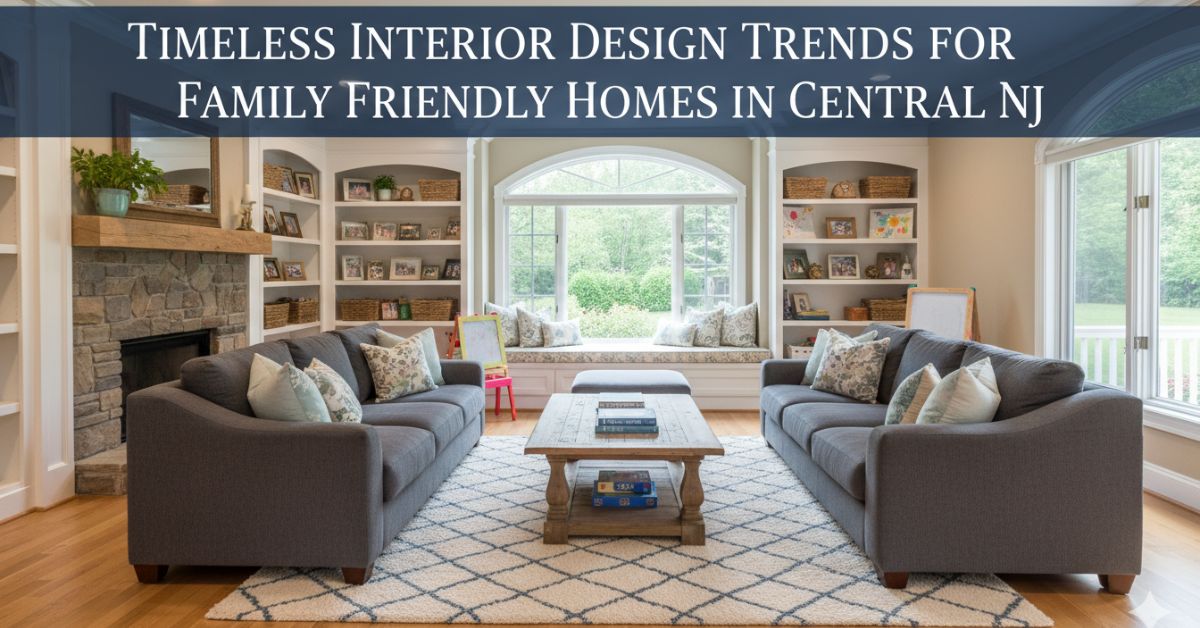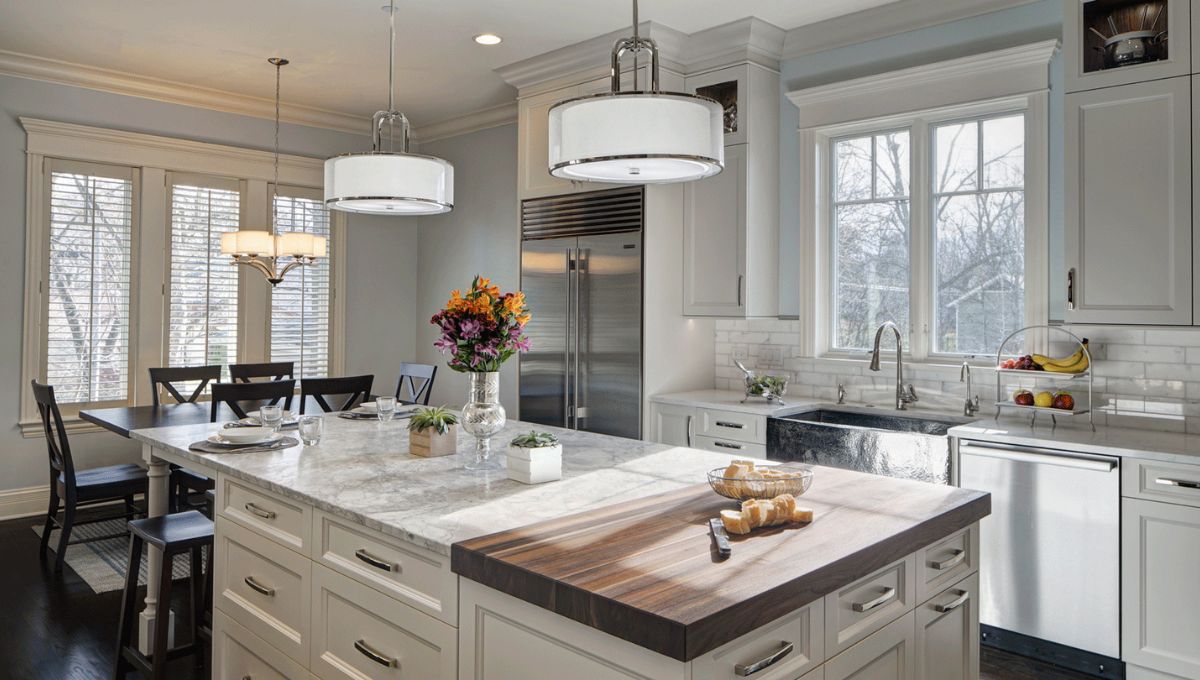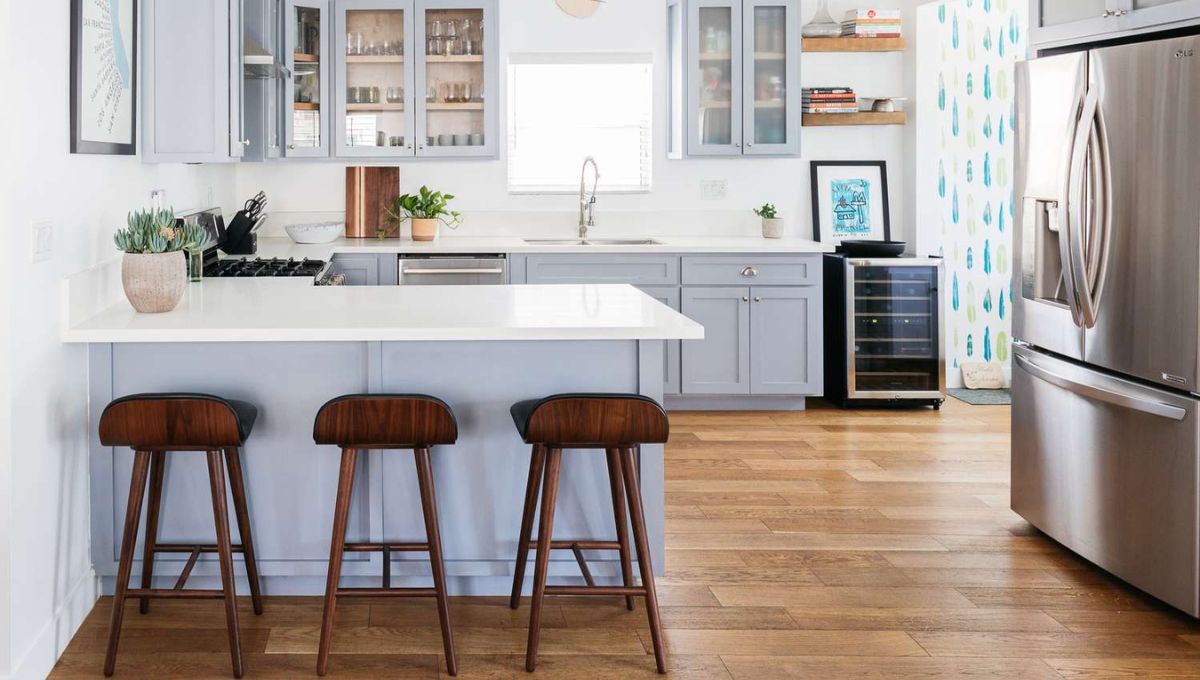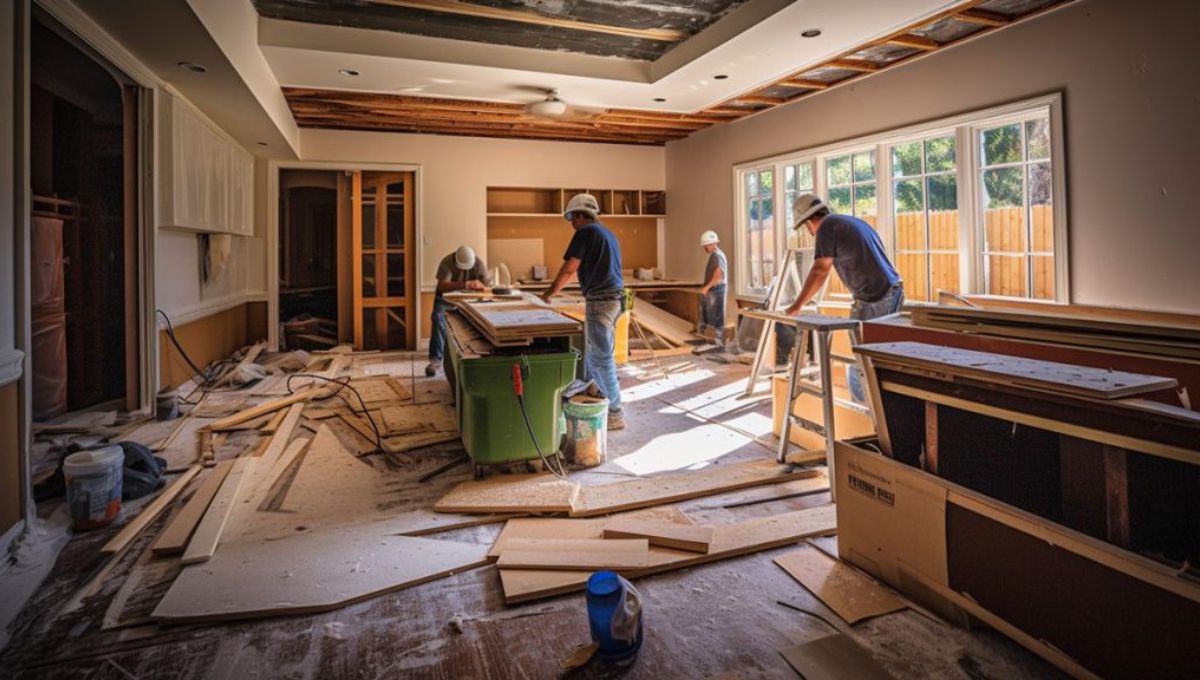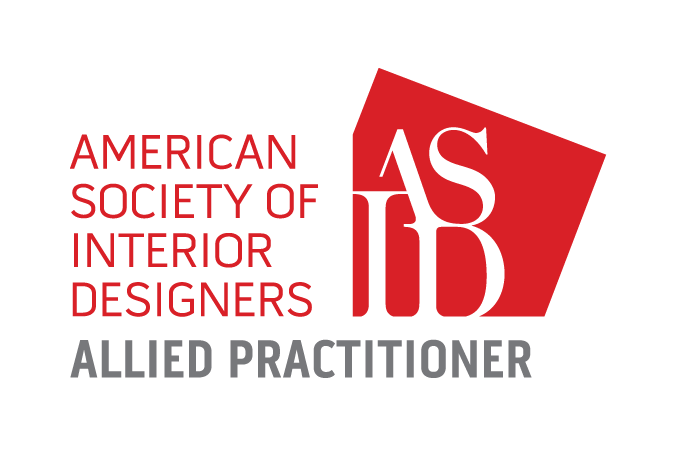Creating a dream home isn’t just about picking pretty colors or statement furniture; it’s about designing a space that aligns with your vision and your wallet. But what happens when your budget feels like it’s disappearing into the air? Understanding your interior design budget is the secret to managing every dollar like a pro, without compromising on style.
At Designed Renovations, design should feel as good as it looks. That’s why we’re pulling back the curtain on your home renovation budget to reveal exactly where your money goes. Whether you’re remodeling a single room or an entire home, understanding the cost breakdown gives you the power, clarity, and confidence you need to make informed decisions.
Truth Behind Interior Design Pricing: What You’re Paying For?

Your budget is the financial framework that guides your renovation or redesign journey. It covers everything from materials to labor, lighting to finishing touches, and helps you plan for both style and surprises.
- Design pricing for furnishings and decor
- Labor and contractor fees
- Fees for your designer’s time and expertise
- Unexpected costs and contingency funds
- Renovation expenses like permits and inspections
Real Cost of Style: Inside Look at Home Renovation Expenses
Even with a well-planned renovation budget, your funds can vanish if you’re unaware of what drives the cost. Here’s a breakdown that sheds light on the real cost breakdown and helps you navigate your project with ease.
1. Design Fees

Interior Designers bring a creative vision, spatial planning expertise, and access to a wide range of suppliers. Their expertise shapes the entire project, saving time and preventing costly errors. How much does interior design cost? 10–20% of renovation expenses.
Recommendations
- Covers hourly rates, retainers, or flat fees
- Includes meetings, sourcing, and revisions
- May consist of project management and site visits
- Establishes the design narrative and flow
- Outlines deliverables like mood boards, floor plans, and material samples
2. Furnishings & Decor
These are the pieces that define your home’s vibe. Furniture and accessories bring style, comfort, and personality to your rooms.
Recommendations
- Sofas, beds, and dining sets take the most significant chunk
- Art, rugs, and accessories also count
- Your style impacts your home renovation budget
- Includes custom furniture or vintage finds
- Influences the room functionality and cohesion
3. Contractor Labor
Hands-on execution by carpenters, painters, and installers. Skilled labor brings the design plan to life with accuracy and quality, all while keeping it within your interior design cost breakdown.
Recommendations
- Labor usually accounts for 15–30% of the budget
- Costs vary based on location and expertise
- Vital for turning plans into reality
- Includes electrical, plumbing, and carpentry
- Impacts the project timeline and finish quality
4. Materials & Finishes
From tiles to cabinetry, finishes define the feel of your design. Material quality influences both the aesthetic and the longevity of the design.
Recommendations
- Prices vary by material grade (laminate vs. marble)
- Custom finishes cost more than off-the-shelf
- Trends can influence material choice and cost
- Affects resale value and user satisfaction
- Requires detailed planning to avoid waste
5. Lighting

Lighting sets the ambiance and enhances every other detail. It’s essential for mood, task performance, and visual comfort.
Recommendations
- Layered lighting plans include ambient, task, and accent
- Fixtures vary in cost based on design and function
- Often under-budgeted despite its impact
- Can consist of chandeliers, recessed, or pendant lights
- Needs early integration with electrical planning
6. Appliances
Modern homes need reliable, stylish tech. Appliances are core investments in kitchens, bathrooms, and laundry areas, accounting for 10–20% of your interior design cost breakdown.
Recommendations
- Kitchen appliances eat up a fair share
- Smart tech adds convenience and cost
- Energy-efficient models may cost more upfront
- Should align with cabinetry and layout
- It can affect your utility savings long-term
7. Permits & Legal Fees
Yes, paperwork costs too. It ensures that your project complies with local building codes and avoids costly legal issues.
Recommendations
- Required for structural or significant electrical changes
- Cost varies by municipality
- Skipping this can cause expensive delays
- Can include inspection and plan review fees
- Essential for long-term resale and insurance
8. Shipping & Delivery
Getting goods to your home isn’t free. Logistics play a key role, especially with large, fragile, or custom orders.
Recommendations
- Large furniture often incurs hefty delivery charges
- White glove delivery adds safety and convenience
- Lead times can affect project schedules
- Delays may impact sequencing and storage
- Budget for international or specialty items
9. Storage
Essential when working in phases or downsizing. Storage helps protect your investment and manage your space effectively.
Recommendations
- Store old or new items off-site during remodel
- Long-term storage adds up quickly
- Can protect delicate items from renovation damage
- Affects accessibility and project phasing
- Includes climate control and insurance
10. Contingency Fund

The cushion that saves your sanity. Contingencies allow you to adapt without panic. They cover unexpected costs so your project stays on track and stress-free.
Recommendations
- Keep aside 10–20% of your home renovation budget
- Covers surprises like plumbing or mold issues
- Makes your project resilient to delays and scope creep
- Prevents overspending and stress
- Demonstrates strong planning foresight
Price of Personalization: What Impacts Interior Design Budget?
Every project is unique, and so is your interior design cost breakdown. Several factors shape the numbers, from your design ambitions to your zip code.
- Square Footage: The larger the area, the more materials, labor, and time are needed, which increases the overall cost.
- Customization Required: Tailored designs, built-ins, or one-of-a-kind features raise both the design complexity and the budget.
- Quality of Materials: Premium finishes and durable materials enhance your space, but also impact interior design pricing.
- Timeline and Urgency: Faster turnarounds require a rush of orders and overtime labor, which can raise expenses.
- Location and Labor Availability: Regional costs and access to skilled tradespeople directly affect your total home renovation expenses.
- Designer Experience: Top-tier designers may charge more, but their expertise often ensures better results and fewer costly mistakes.
The Bottom Line
A successful interior design budget starts with knowledge, trust, and transparency. By understanding your pricing, you can make more informed decisions, avoid surprises, and derive greater value from every design dollar. So, let your renovation expenses work with you, not against you.
Ready to make your dream space a smart, stylish reality? Let Designed Renovation guide your next move!

